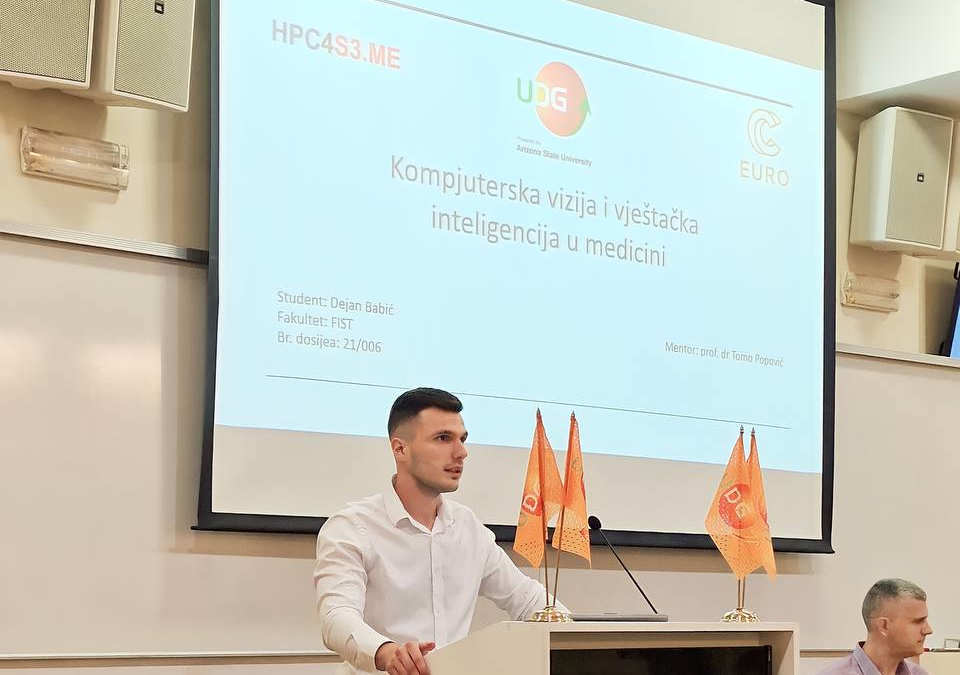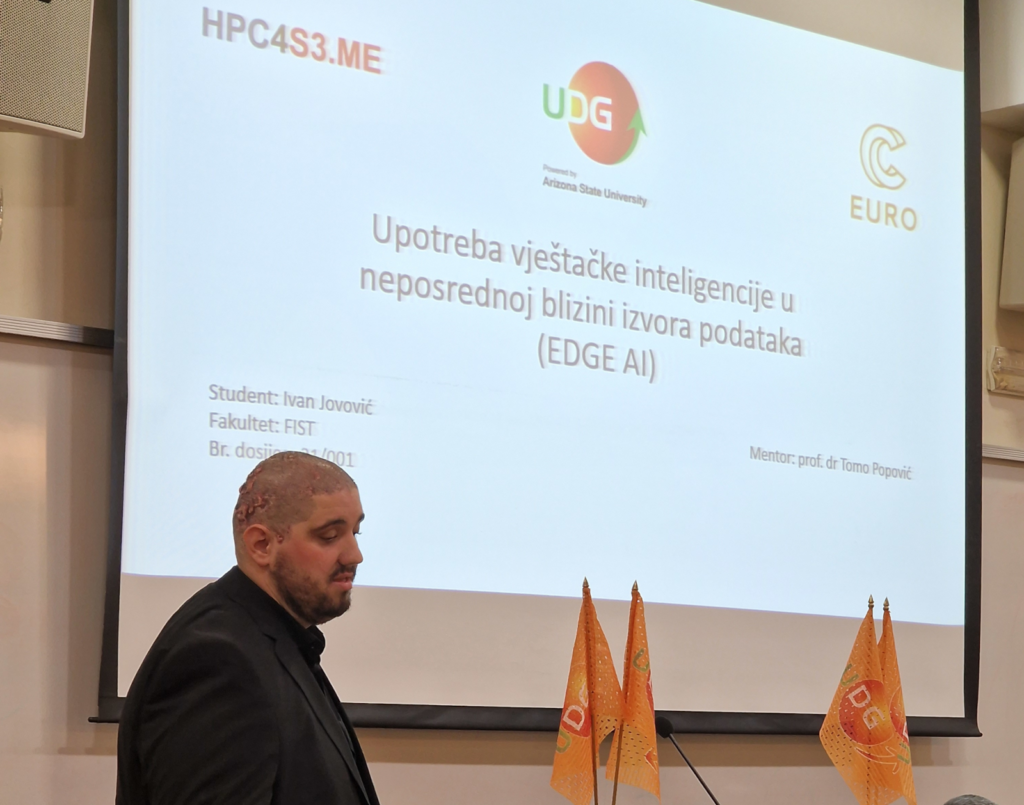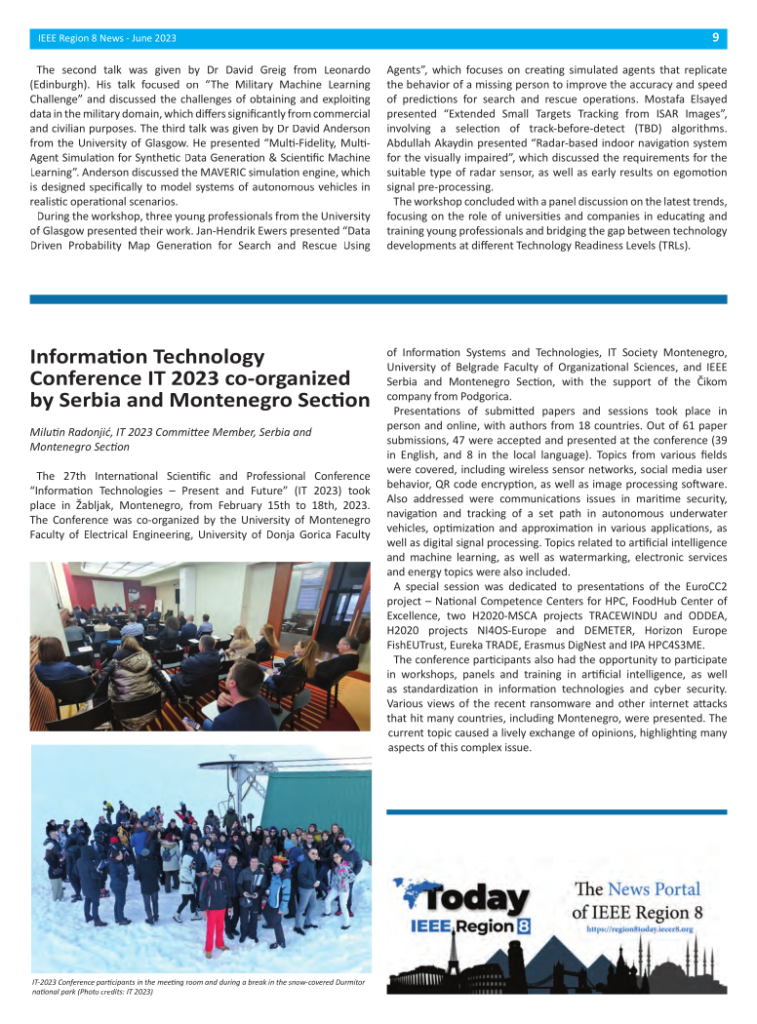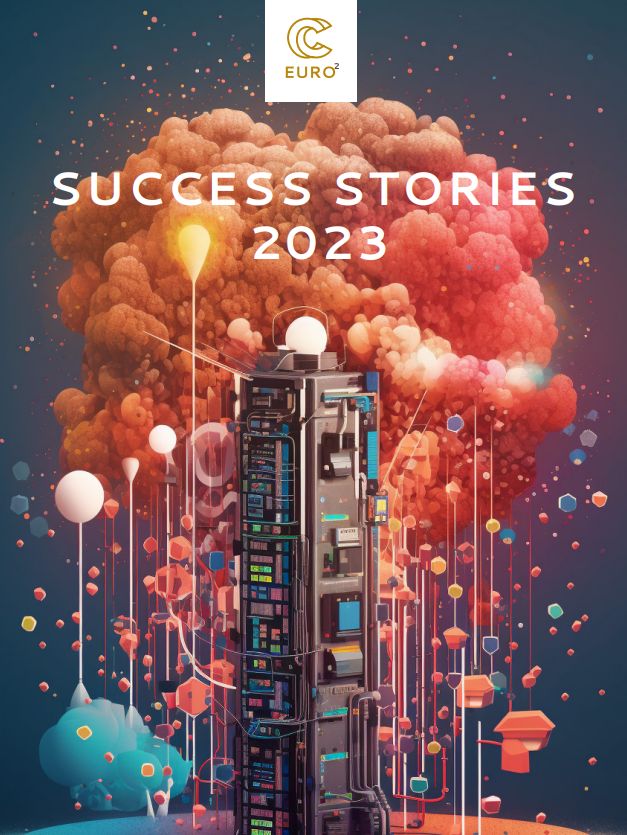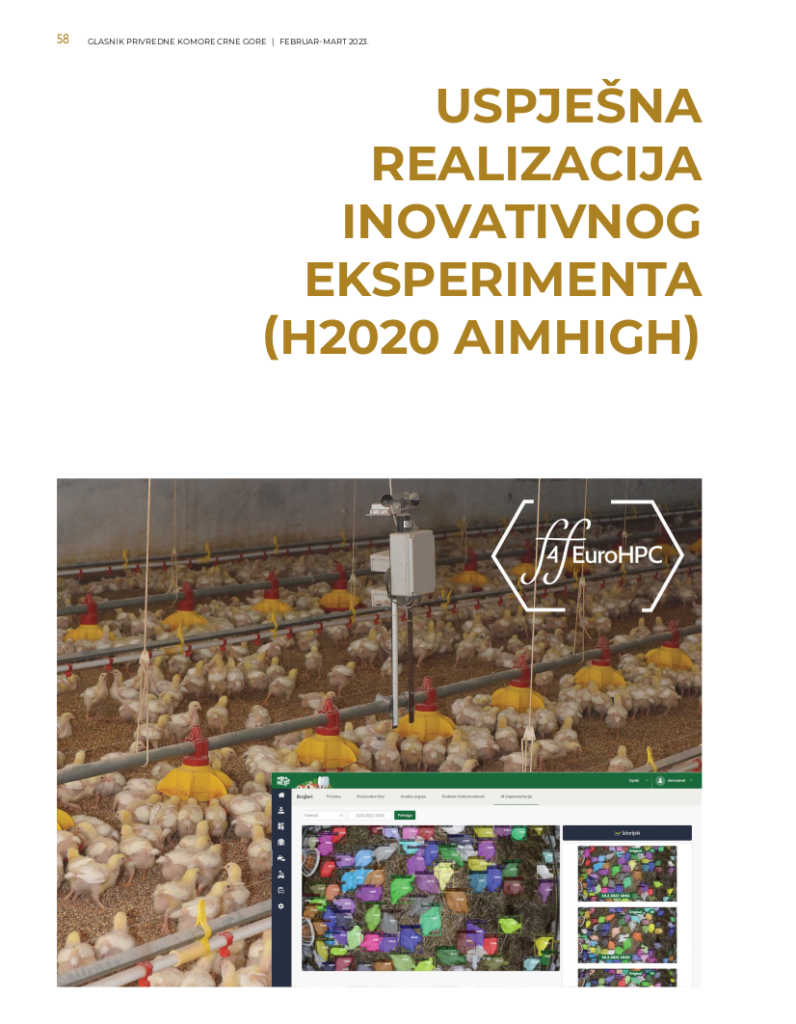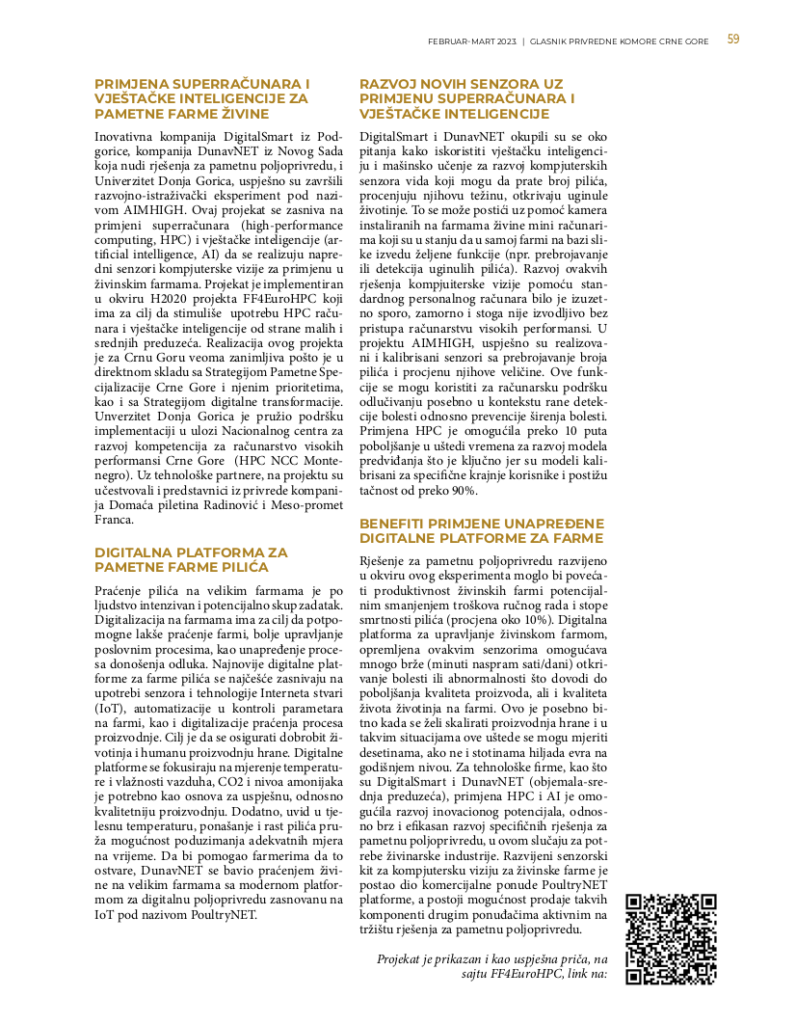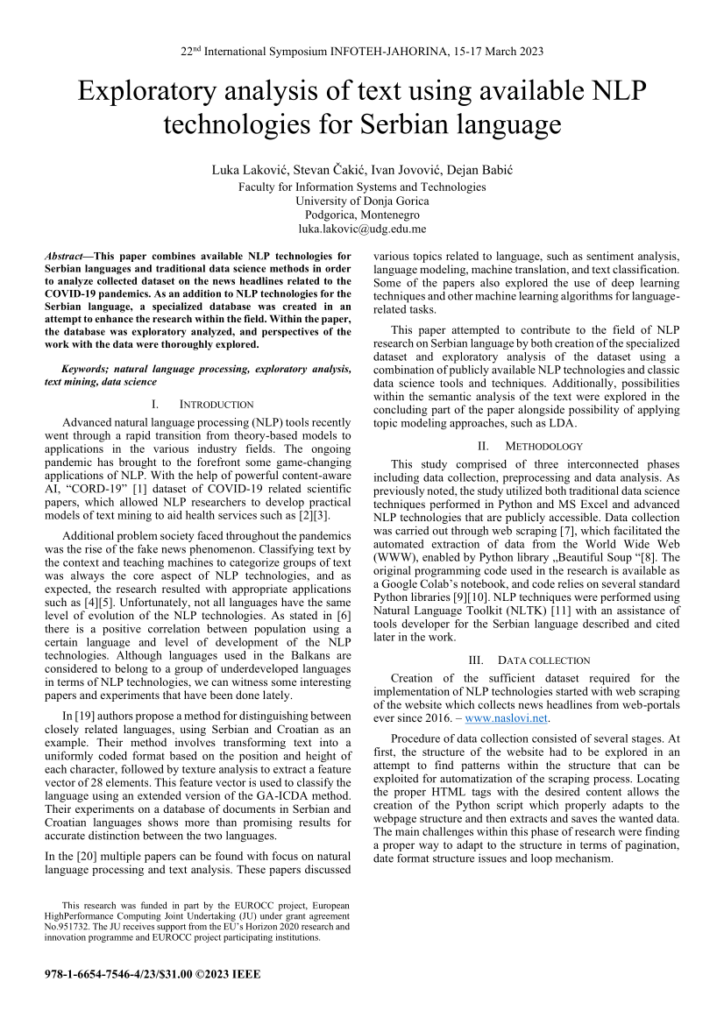Mr Dejan Babic, a young researcher from UDG, just defended his Master thesis on the use of computer vision and artificial intelligence in medicine. This is a great example of using ICT for vertical priority domains of Monteengrin S3. This research was supported in part by HPC4S3ME project and EUROCC. Mr Babic intends to continue his research in this domain and to enroll PhD program at the UDG. Mr Babic explored the use of different tools for ML and he also experimened with the use of HPC for training prediction models that can be used in medicine. He was one of the first MSc theses defended from the Artificial Intelligence Master program created under the EuroCC project.
ABSTRACT – Artificial Intelligence is transforming the way we live, work, and communicate with the world. The proliferation of data has been the biggest driver of AI in recent years. AI in medicine is rapidly developing and holds great potential in revolutionizing healthcare systems. Its application is already producing promising results in disease detection, diagnosis and drug discovery. AI is widely used in medical facilities worldwide as a decision support tool for patient diagnosis. It is expected to bring significant benefits to healthcare sector. In this thesis, the focus is on the application of artificial intelligence and computer vision in solving real medical problems. The research is both theoretical and empirical and focuses on the application of artificial intelligence and computer vision in the detection of pneumonia, segmentation of blood vessels in the retina, and estimation of cardiovascular risk. The main goal of the research is to achieve the highest possible accuracy in specific cases and approaches, in order for these approaches to be considered applicable in medicine. Throughout the study, some of the ethical issues related to the use of this technology were also raised. At the end of the study, the results, potential challenges, and future directions of this research were discussed.
